Discover the top 7 chili ingredients that define authentic flavor and heat profiles: Ancho (mild, sweet), Jalapeño (medium, grassy), Habanero (super hot, fruity), Chipotle (smoky), Cayenne (sharp heat), Guajillo (bright, tangy), and Ghost Pepper (extreme heat). Each brings unique characteristics to dishes, and this guide covers everything from Scoville ratings to expert usage tips.
Table of Contents
- Why Chili Ingredients Matter
- Top 7 Great Chili Ingredients You Should Try
- Buying Guide: How to Choose the Best Chili Ingredients
- How to Use These Ingredients Like a Pro
- Simple Recipes to Get You Started
- Frequently Asked Questions
- Conclusion
Why Chili Ingredients Matter
Chili isn't just about spice—it's a balance of heat, sweetness, smokiness, and umami. Each ingredient contributes uniquely to the final taste. Choosing the right ones elevates your dish from ordinary to unforgettable.
| Ingredient Type | Purpose |
|---|---|
| Fresh Chilies | Add vibrant heat and flavor |
| Dried Chilies | Offer depth, smokiness, and complexity |
| Chili Powders | Convenient and consistent flavor base |
| Hot Sauces | Quick heat boost with additional flavors |
| Smoked Ingredients | Provide earthy, woody undertones |
Top 7 Great Chili Ingredients You Should Try
Explore the key players that transform your chili game. We've included heat levels, flavor profiles, and best uses so you know exactly what to reach for.
- Ancho Chili: Mild and sweet with a hint of raisin-like flavor, perfect for slow-cooked stews.
- Jalapeño: A versatile green chili with moderate heat; great for fresh salsas or roasted additions.
- Habanero: For intense heat and fruity notes; use sparingly!
- Chipotle: Smoked jalapeños with rich, earthy heat—ideal for deepening sauces and soups.
- Cayenne Pepper: Adds sharp heat and vibrant color without much flavor beyond the burn.
- Guajillo Chili: Medium heat with a bright, tangy profile; excellent in red sauces.
- Ghost Pepper (Bhut Jolokia): One of the hottest chilies—use with caution and respect.
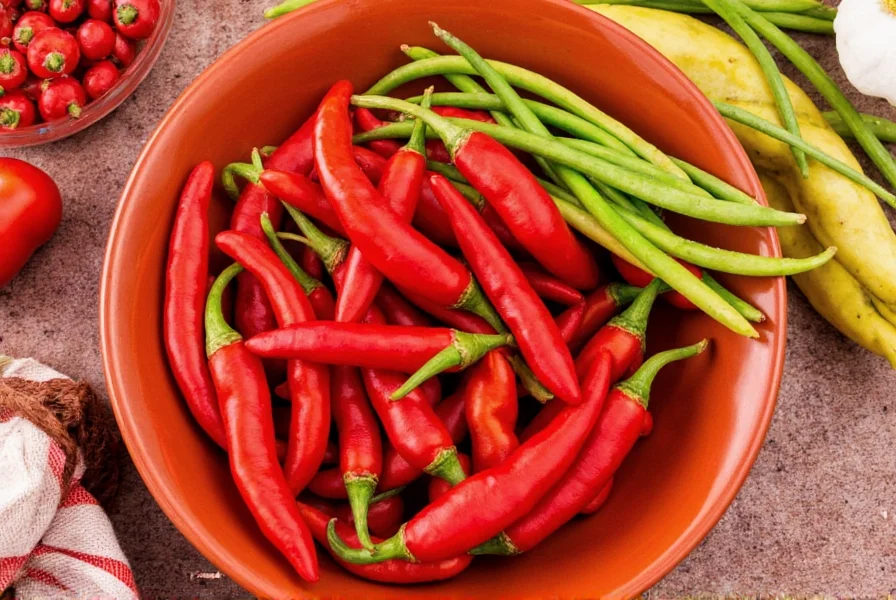
| Chili Name | Scoville Units | Flavor Notes | Best For |
|---|---|---|---|
| Ancho | 1,000–2,000 | Sweet, fruity, mild | Slow-cooked dishes, mole sauces |
| Jalapeño | 2,500–8,000 | Grassy, crisp, medium heat | Toppings, salsas, stuffed recipes |
| Habanero | 100,000–350,000 | Fruity, floral, super hot | Hot sauces, tropical fusion dishes |
| Chipotle | 5,000–10,000 | Smoky, earthy, bold | BBQ sauces, stews, chili con carne |
| Cayenne | 30,000–50,000 | Sharp, peppery, intense heat | Spicy rubs, powdered blends |
| Guajillo | 2,500–5,000 | Bright, tart, mild | Red sauces, marinades |
| Ghost Pepper | ~1,000,000 | Intense, searing heat | Extreme heat challenges, experimental dishes |
Buying Guide: How to Choose the Best Chili Ingredients
When shopping for chilies—whether fresh, dried, or powdered—understand what you're getting. Here's a quick guide:
- Fresh Chilies: Look for firm, shiny skin. Avoid wrinkled or soft spots. Store in the fridge for up to a week.
- Dried Chilies: Choose pliable ones without mold or brittleness. They should smell fragrant, not musty.
- Chili Powders: Opt for pure, single-origin powders rather than generic "chili powder," which may contain fillers like cornstarch or cumin.
- Whole vs. Ground: Whole dried chilies give more control over flavor intensity when toasted and soaked. Ground versions are convenient but lose potency faster.
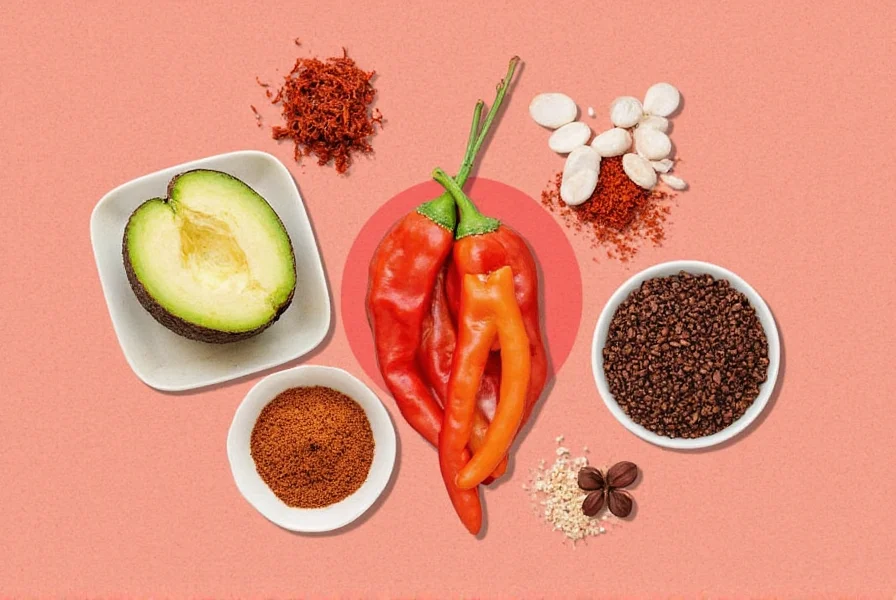
Featured Product: La Costaña Chipotle Peppers in Adobo Sauce
These canned chipotles are a pantry staple for convenience and flavor. The adobo sauce adds tangy richness that enhances any chili instantly.
- Features: Smoked jalapeños, vinegar-based adobo sauce
- Advantages: Ready to use, intensely flavorful
- Use Cases: Blended into sauces, added to ground meat, or used as a topping
- Target Audience: Home cooks and professional chefs alike
- Best For: Tex-Mex dishes, barbecue, and smoky tomato sauces
How to Use These Ingredients Like a Pro
Maximize flavor with these expert tips:
- Toasting Dried Chilies: Lightly toast in a dry pan before rehydrating for deeper, nuttier flavors.
- Roasting Fresh Chilies: Char directly over flame or under broiler, then peel skins for sweeter, smokier taste.
- Infusing Oils: Soak dried chilies in oil for spicy dressings, marinades, or drizzling.
- Blending: Combine with garlic, onion, and spices to form the foundation of Mexican and Southwestern dishes.
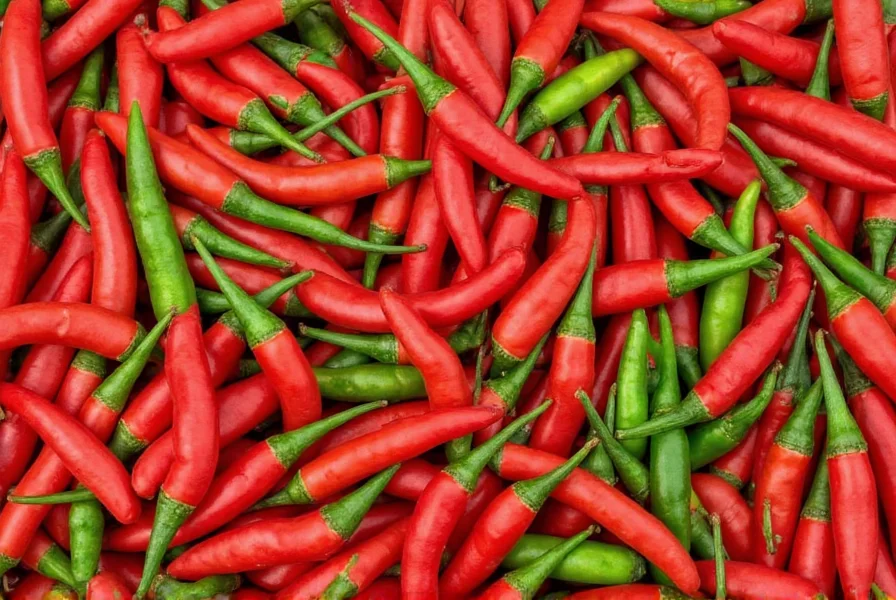
Simple Recipes to Get You Started
Try these beginner-friendly recipes:
1. Classic Texas-Style Chili
- Ingredients: Ground beef, cumin, ancho chili powder, garlic, onions
- Method: Brown beef, sauté aromatics, add spices, and simmer until thickened. Serve with shredded cheese and crackers.
2. Smoky Black Bean Chili
- Ingredients: Canned black beans, chipotle in adobo, bell peppers, onion
- Method: Sauté veggies, blend chipotle with tomato paste, add beans, and simmer. Perfect for veggie lovers.
3. Tropical Habanero Salsa
- Ingredients: Mango, pineapple, habanero, lime juice, cilantro
- Method: Dice fruit, finely chop habanero (wear gloves!), mix with lime and herbs. Serve with grilled chicken or tacos.
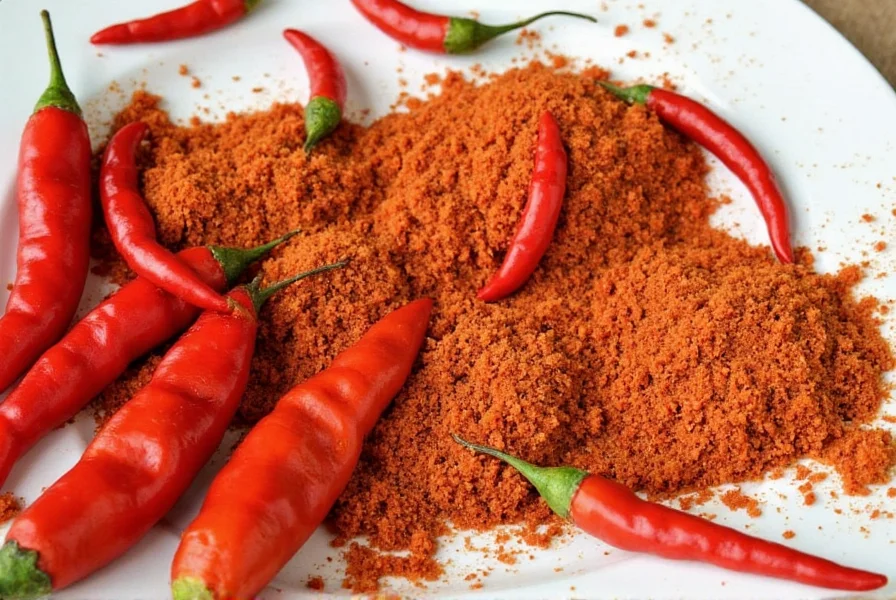
Frequently Asked Questions
What are the best chili ingredients for beginners?
Start with milder chilies like jalapeños and anchos for flavorful heat without overwhelming spice. Chipotle peppers in adobo sauce provide smoky depth with manageable heat. These ingredients help build tolerance while developing your palate for complex profiles.
How do I store fresh chili peppers to maximize freshness?
Store fresh chilies in the refrigerator's crisper drawer in a paper bag or perforated plastic bag. They'll stay fresh for 1-2 weeks. For longer storage, freeze whole chilies in an airtight container for up to 6 months. Drying or pickling also preserves flavor while extending shelf life.
Can I substitute one chili for another in recipes?
Yes, but watch heat levels and flavor profiles. For example, if substituting guajillo (medium heat, tangy) with ancho (milder, sweeter), add a pinch of cayenne for heat. Use half the amount of hotter chilies when replacing milder ones, and always taste as you go.
What's the difference between fresh and dried chilies?
Fresh chilies offer bright, grassy flavors, while dried chilies develop deeper, smoky, or raisin-like notes through the drying process. Dried chilies typically have higher Scoville ratings and require rehydration before use. Many professional recipes use both for layered flavor complexity.
How can I reduce the heat of a chili dish that's too spicy?
Add dairy (yogurt, cheese) to bind capsaicin, or use acidic ingredients (lime juice, vinegar) and sweetness (sugar, fruit) to balance heat. Dilute with more beans, tomatoes, or meat. Spicy dishes often mellow when rested overnight.
How do I handle extremely hot chilies safely?
Always wear disposable gloves when handling super-hot chilies like habaneros or ghost peppers. Work in a well-ventilated area, avoid touching your face, and wash surfaces thoroughly with soapy water. If skin contact occurs, wash with vinegar or alcohol before soap to break down capsaicin oils.
What are some non-spicy uses for chili ingredients?
Many chili ingredients add depth without overwhelming heat. Ancho and guajillo chilies provide rich, complex flavors in mole sauces or chocolate-based dishes. Even hot varieties like habanero can be used sparingly in fruit salsas, jams, or cocktails for subtle complexity. The key is understanding heat is just one dimension of flavor.
Conclusion
Whether you're building a fire in your kitchen or warming up on a cold night, the right great chili ingredients elevate dishes to the next level. From mild ancho to blistering ghost peppers, each brings unique qualities to the table. Now that you know how to choose and use them, experiment and find your signature style.
Grab some chilies, crank up the heat, and let your inner spice lover shine. Your next bowl of chili might just be legendary.

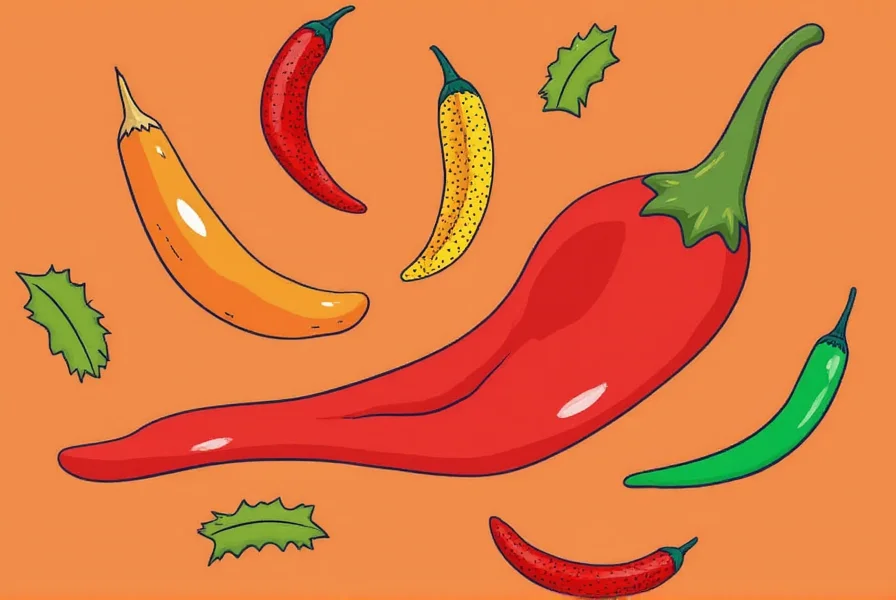









 浙公网安备
33010002000092号
浙公网安备
33010002000092号 浙B2-20120091-4
浙B2-20120091-4